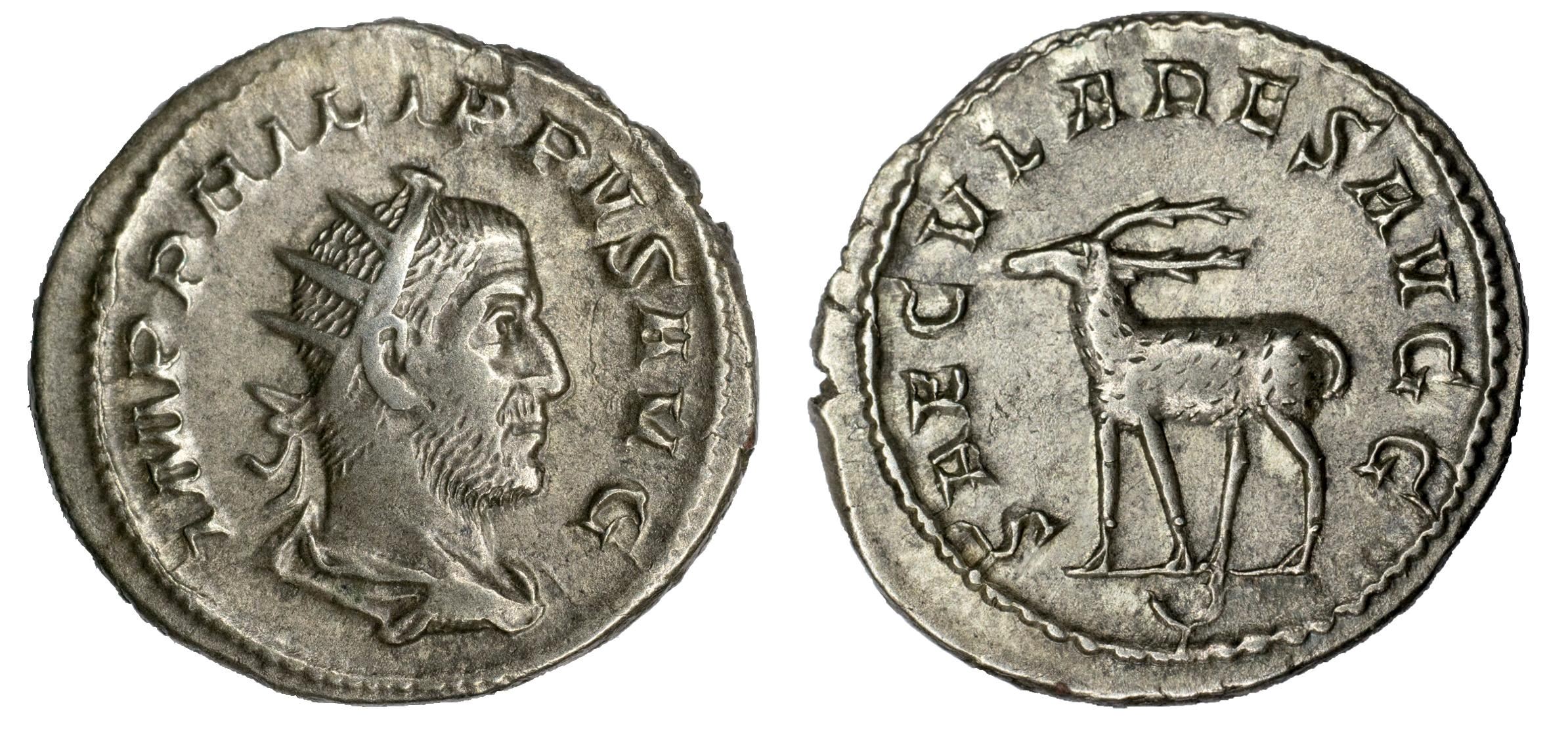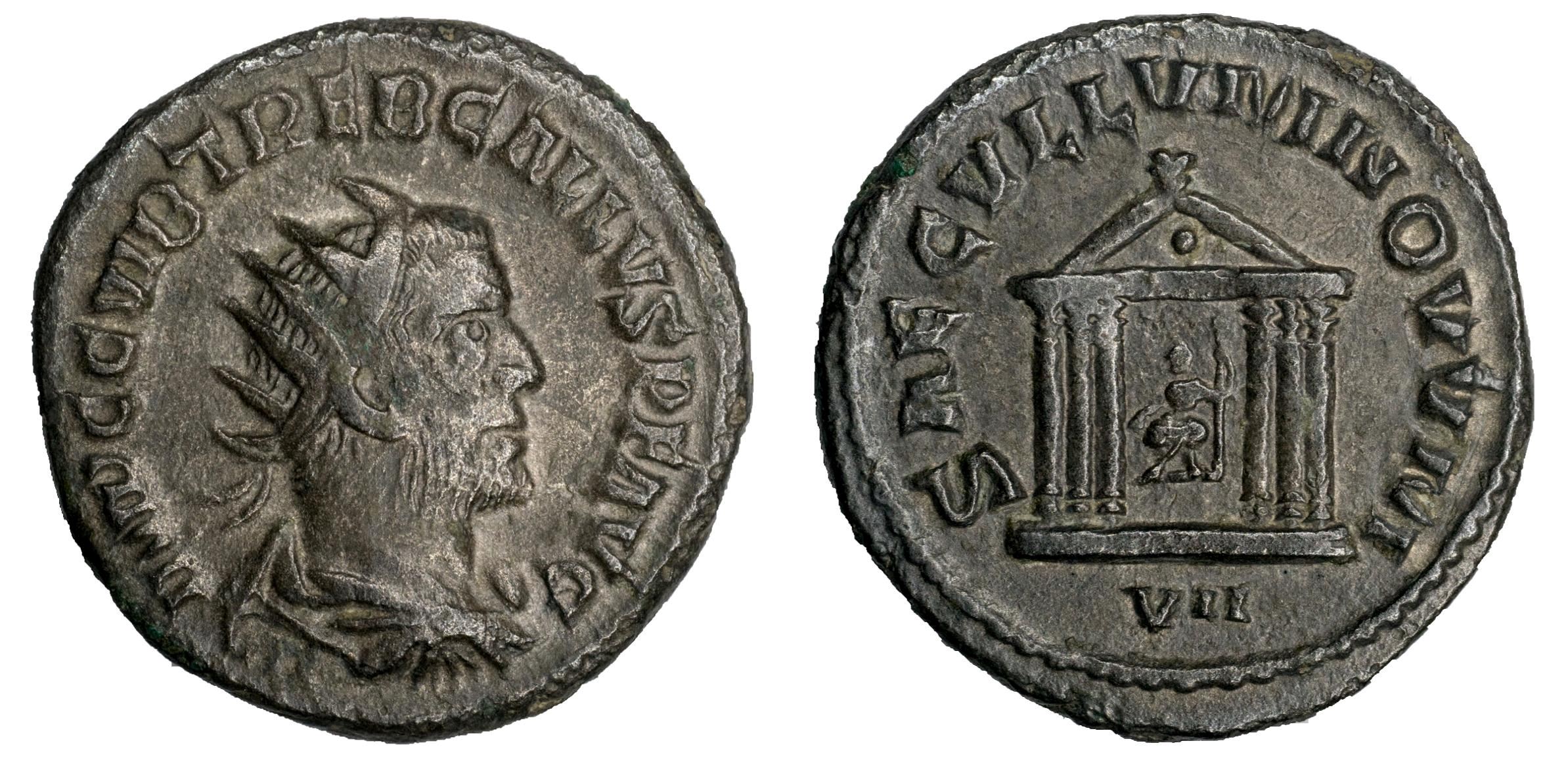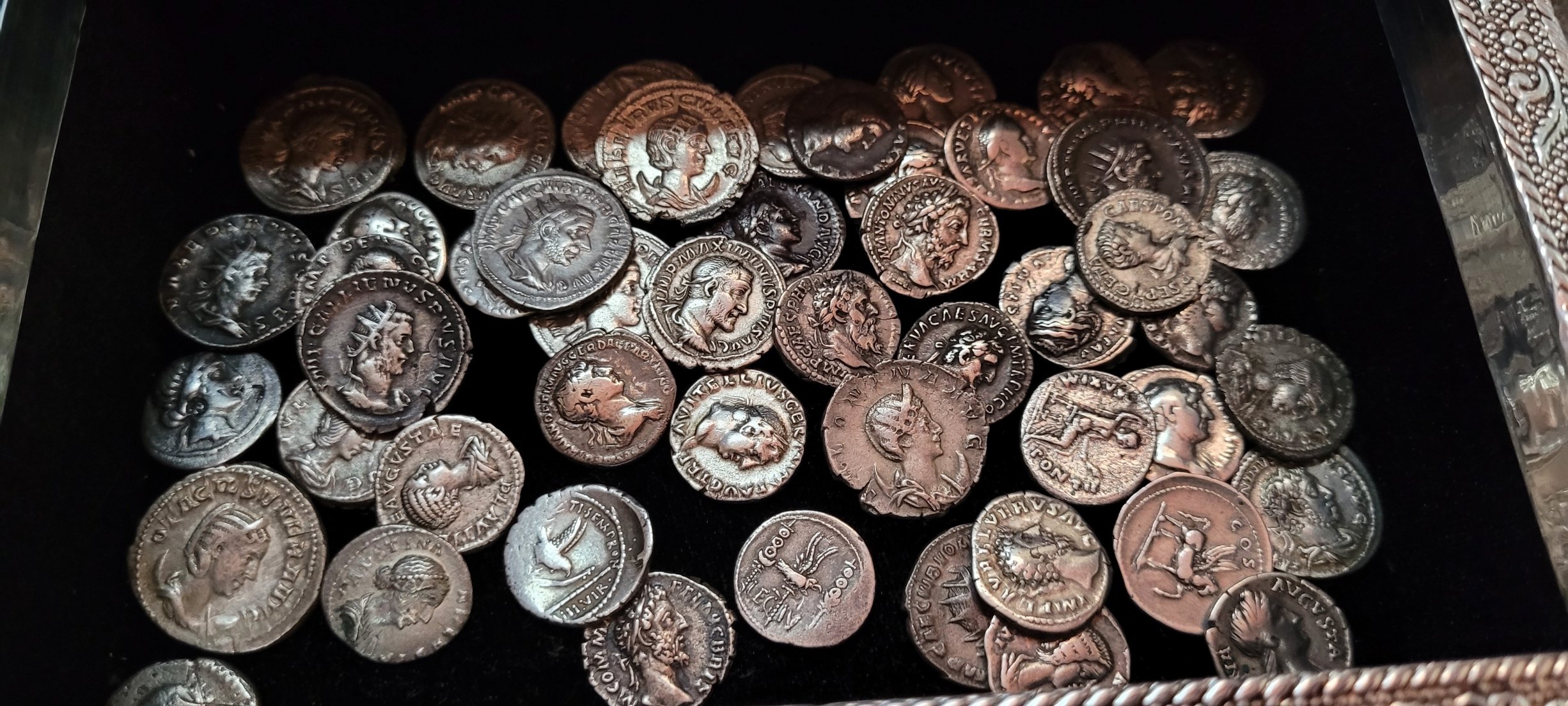This is a post originally from reddit by /u/ghsgjgfngngf - excellent advice:
The question of how to spot a fake is asked all the time. There are checklists supposed to help new collectors but the whole concept is flawed. New collectors can't understand what the word actually mean. They can't distinguish between details that are 'less crisp' because of wear, because of a weak strike or a worn die, because of corrosion/brutal 'cleaning' or because the coin is a cast fake. It's the same with all other parameters that may be indicative of a fake.
To spot a fake, you need to know very well what a genuine coin of the type in question looks like. There is no shortcut. Even asking here is of limited value as this sub (compared to a dedicated ancient coin forum) has lots of people who don't know much about ancient coins, so posts asking for authenticity may very well get wrong answers only, it's not rare for a poster to receive very bad advice this way.
EBay feedback is absolutely useless for spotting a fake seller. This may sound like an exaggeration but it's not. All the professional fake sellers have perfect feedback. It also doesn't help to look at lists of fake sellers as they can change their names and new fake sellers crop up all the time. What you can do is buy from reputable dealers while you build your own knowledge. The latter takes time but is absolutely necessary.
For your edification, here is a list attempting to give pointers:
-
A cast coin will often have little pits on the surface that were caused by bubbles from the cast.
-
A cast coin may have a ridge around the edge from the mold. It may also have scratches on the edge that occur when the caster removes the ridge.
-
A struck fake coin may be too round. This is due to a modern fabricator using a flan or blank that was created using modern methods, not ancient ones. Also the edges of a coin should not be sharp but rounded to some extent.
-
Wrong metal. For example, if it’s bronze and should be silver. You can often see that the silver has been mixed with a base metal. This will give a silvery look, but not true silver. On the other hand, silver was often debased in ancient periods of hardship. This is very true of late antoninianus coins (commonly where the emperor is wearing a crown).
-
Wrong weight or thickness. Check to see if the weight is close to other coins of that type. Many times fakes are about 20% lighter.
-
The details of the image are too soft or weak. There is usually wear on the high points of a coin, but details protected from wear should be sharp. Where the image meets the flat field of the coin for instance.
-
Many genuine coins have flow lines that radiate outwards from the image. These are OK. The flow lines can even be microscopic, but they do effect the luster of a coin.
-
If the image is of poor quality, amateurish, or something just doesn’t look right, be wary of the authenticity. These can sometimes be ancient replicas (explained below).
-
lf the deal looks too good to be true, it probably is. A shady dealer or if the price is simply too low should raise some flags.
-
Look for a stamp on coin with the letters “WRL” or similar. These may be initials of the fabricator. Westair Reproductions Limited. Many ancient coins have bankers marks or test cuts. These are OK but vary in style. Check VCoins for examples.
Plus one: 11. It’s a little more advanced but check the patina or color. If a silver coin has been cleaned and is shiny or the fields have been darkened, that’s a bad sign. If a bronze coin has had it’s patina removed or is the wrong color, beware. Patina date usually green, brown or black.
Fourrée (ancient replicas) Sometimes the fake is ancient. The image may look like a very amateurish copy of a real coin. Or a bronze coin has been plated in silver (often used to pay barbarian mercenaries). Sometimes these silver coins will have areas that have just flaked away showing the patina of the bronze inside.


